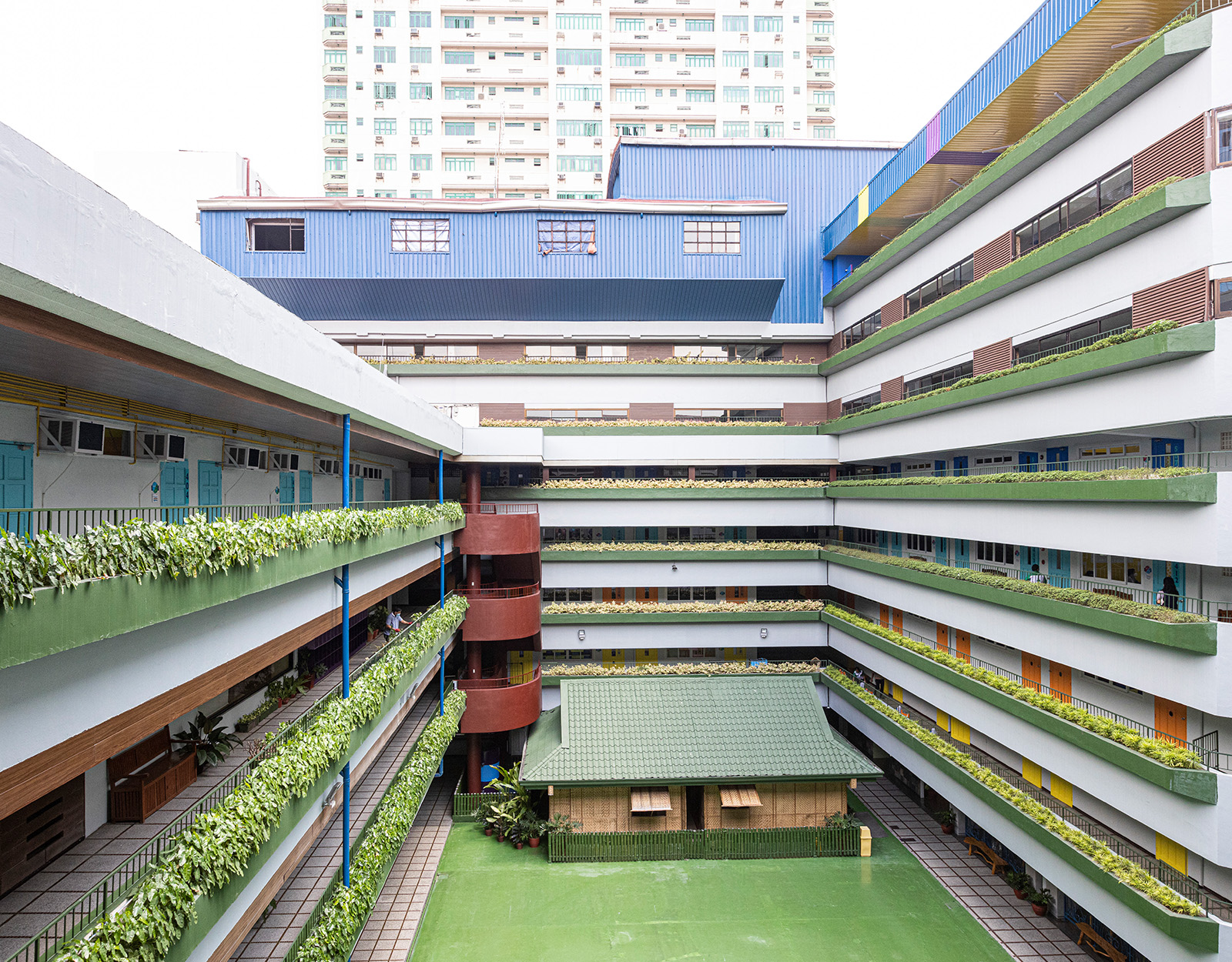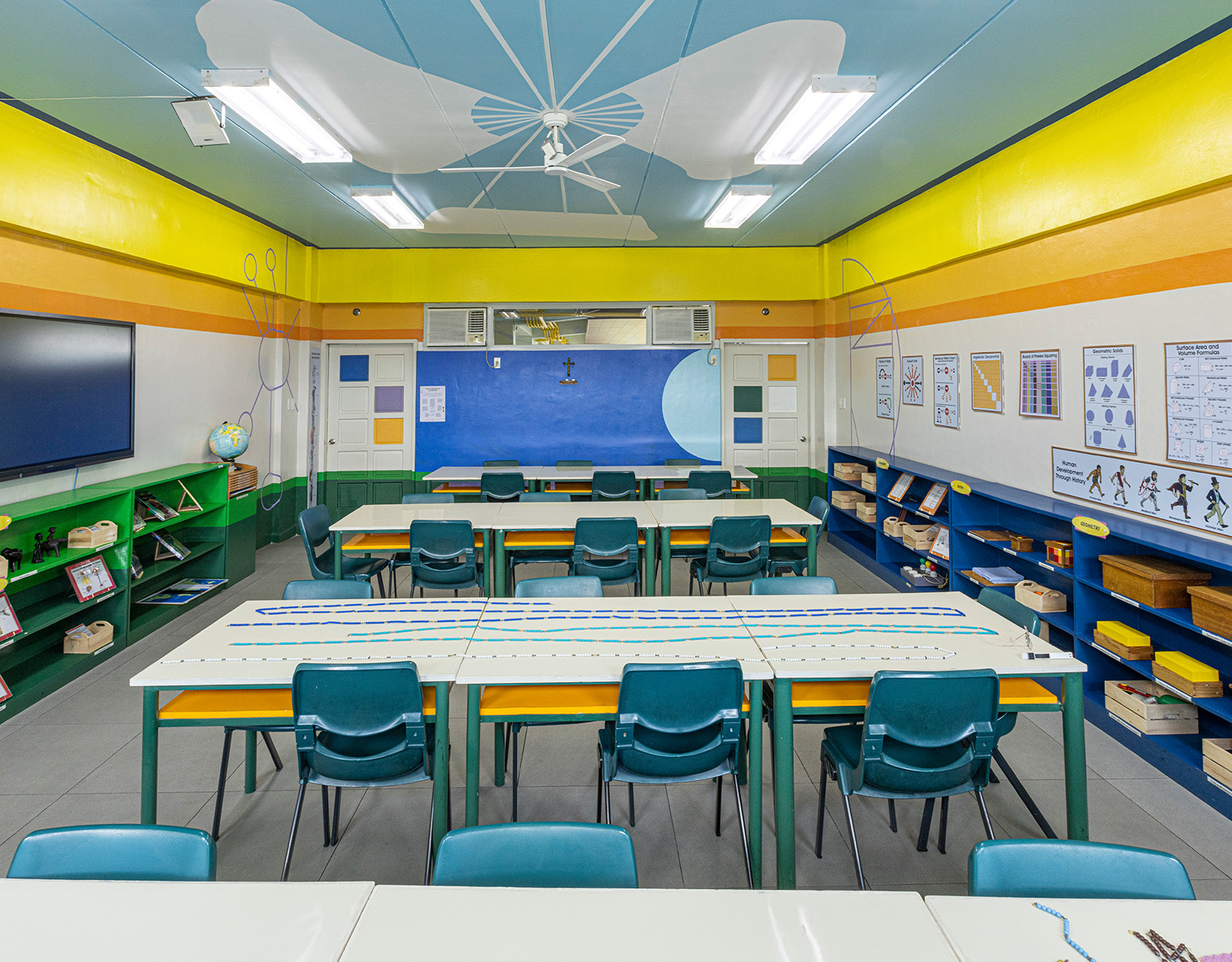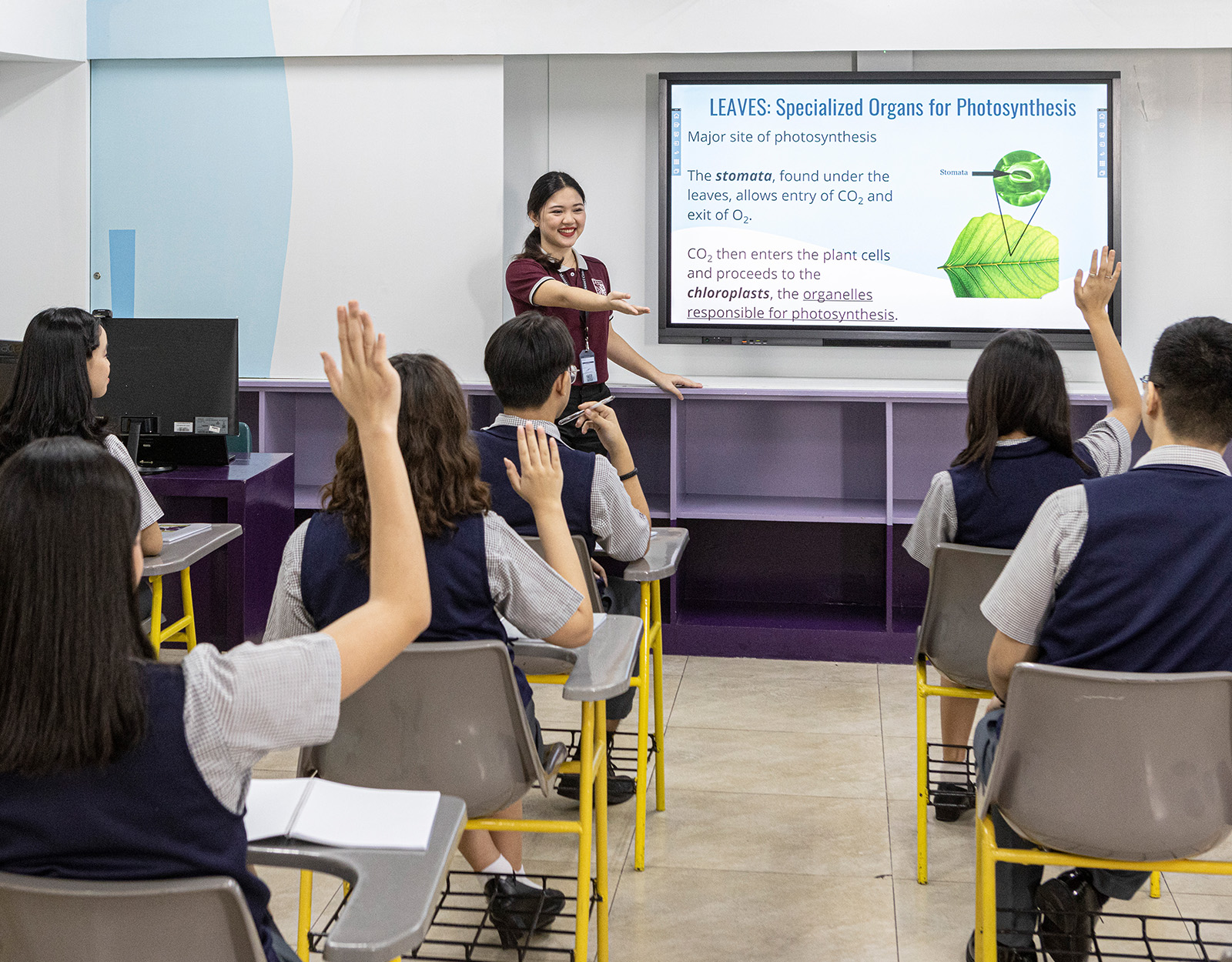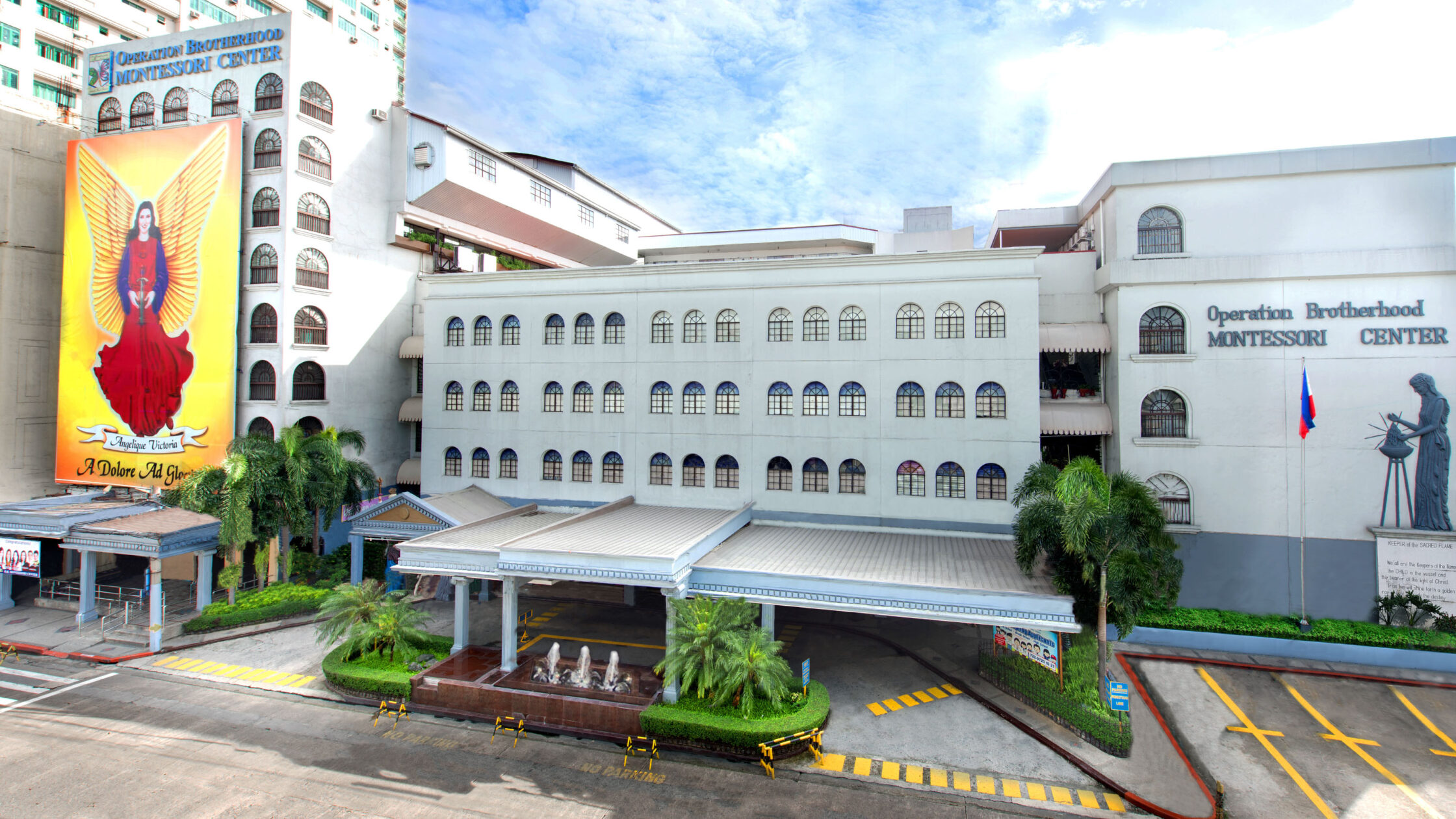A Progressive Approach to Learning Gives Children A Much-Needed Edge in Their Futures
Today’s forward-thinking parents are looking into the progressive approach in learning to empower their children to become well-rounded citizens of the world.
Now, more than ever, parents are drawn to exploring an alternative education for their children. While traditional methods in teaching have served past generations well, non-traditional methods proved to be just as effective. Students trained using progressive methods are just as proficient in academics as those who have undergone traditional education. Alumni produced by progressive schools like O.B Montessori Center, have also demonstrated values of community, collaboration, creativity, social responsibility, and social justice–all of which they have applied in their chosen career paths.
According to Sara Soliven-de Guzman, President of O.B Montessori Center, “The way of Maria Montessori was a method truly ahead of its time.” She describes the Montessori Method as a triangle where teacher, student and learning environment are key factors in teaching. “In teaching a child, the Montessori method encourages teachers to understand the physical, psychological and mental growth of a child.”
Armed with this understanding, the teacher then prepares the learning environment, which lends to the seamless learning and development of the child. “The Montessori teacher is trained to also be sensitive to what children are inquisitive about, to respect individual differences and to set the pace of learning, “ adds OBMC Guidance Director, Melissa Sta. Ana.

Learning without getting left behind
When we see our children do something advanced in their education, we encourage it. Sometimes, we even try to push them beyond their limits for fear that they might be “left behind.” Yet the answer to having children stay in step, according to Montessori, is to do something more age-appropriate in their learning journey. “It [age-appropriate learning] is a new term we keep hearing these days, but Maria Montessori already had that in mind years ago,” shares Soliven-De Guzman.
In preschool this method is widely adopted. But how does it apply to older students? The Montessori curriculum builds upon itself, the same way a house reaches its full completion. In the Casa or Kinder level, the foundation of self-sufficiency is laid. Every successive brick is then added onto the foundation, allowing the child to grow, develop, and discover the world. This progression, while teaching fundamental lessons, also encourages children to come into his own unique character and personality.
Engaging children in today’s world
The Montessori way of learning also proved most relevant at a time when the world had to learn to live with the pandemic. As parents, students, and educators scrambled to adapt to homeschooling and learning through a computer screen, O.B Montessor was quick to innovate. “When we were starting out those classes, we had to invest in a digital platform so that teachers could also interact with the students and parents,” explains Soliven-De Guzman. “We also brought in writer and director Floy Quintos to train our teachers how to engage students even if it was through a computer screen. The school produced in-house videos to assist the teachers in teaching the topics in the different subjects.”
Lessons in collaboration in adaptability
With the world being so restless after the pandemic, parents now see the urgent need to raise a generation that can quickly adapt to change, and rise above it. This is where collaboration, one of the key pillars of progressive learning, comes into play. As OBMC Academic Program Director Dr. Raimund Agapito says, “We go through the different curricula almost every two months, creating homework that can collaborate with two or more subjects.”
The Montessori way of learning also emphasizes that parents and teachers are partners in molding future citizens of the world. “When we first started out, classroom management and the digital campus enlisted moderators and administrative assistants to monitor the students’ behavior,” shares Guidance Director Melissa Sta. Ana. “We did this also to make sure we could inform the parents of what was happening. Now, we also have parents who contact us so we can continue helping their kids in school.” At O.B Montessori, learning is a two-way street navigated by students, teachers, and parents.

A progressive stand on artificial intelligence
Working together and responding to the fast-changing world has allowed the institution to stay ahead of the times. “Schools need to advance because it’s not the school that will suffer. It’s the children,” emphasizes the school president. Despite the debates surrounding Artificial Intelligence and its use, O.B. Montessori understands that this new wave of technology can help develop young minds.
The key, says the O.B Montessori team, lies in knowing how to use AI responsibly. “Humankind regularly accepts new technology and its accompanying risks.” Dr. Raimund Agapito points out. “It is a tool. But we should look into the moral and ethical standards before we use it,” he added. It’s a toss up between progress or respect for human life and capabilities. “Our job as educators is to lessen the negative impact or collateral damage,” states Agapito.
The reality of AI is one that the team is ready to face. “What we are focused on is training our educators so that we can detect AI-generated work and use this technology to the child’s benefit,” shares Soliven-de Guzman.

Excellence is measured by integrity and social responsibility
The proliferation of AI, she adds, is no different to when Google was first introduced to the world. “Google saw the birth of the copy-paste generation. This is why we include Academic Integrity as early as in the Grade 4 Level. At that young age, our students can put together an entire research paper, and give it the proper citation.”
Apart from academics, students at O.B Montessori are immersed in programs and activities that instill social responsibility and community. The quality of alumni they’ve produced, most of whom are industry leaders, have created positive change for their respective communities and the nation. Among those regarded as outstanding alumni from O.B Montessori are Tony Award Winning Actress Lea Salonga, world renowned chef Miko Aspiras, Internationally – recognized Photojournalist Ezra Acayan, social entrepreneur and Angkas Founder George Royeca.
“O.B. Montessori does not only prepare students academically. O.B. stands for Operation Brotherhood, a movement that reinforces a sense of brotherhood in the youth. Developing social advocacy gives more meaning to the education of the child,” emphasizes Soliven-de Guzman. It’s the lessons of integrity, compassion, social justice, coupled by collaboration and innovation, that empower a child to carve out a future that will create a positive impact in the world.
To know more about OB Montessori, visit their website.
More about education and schools:
Kids Melting Down After School? It’s Called After-School Restraint Collapse
How a School’s Culture Can Make Or Break Your Children’s Future
Traditional vs. Progressive Schools: Which is Best for Your Child?





